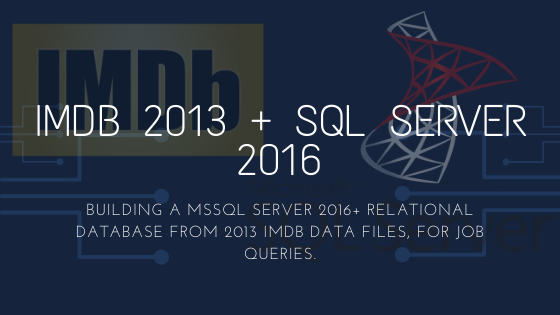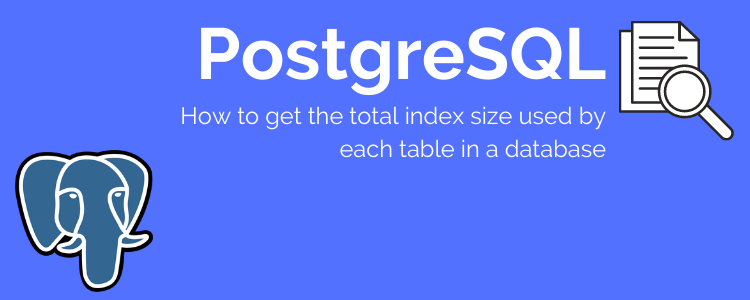SLGS Candlelight Vigil
SLGS Candlelight Vigil

Microsoft SQL Server 2016 Database with IMDB 2013 Dataset
Microsoft SQL Server 2016 Database with IMDB 2013 Dataset

Sunset at Negombo Beach
Sunset at Negombo Beach

Mad Max at Melbourne White Night 2019
Mad Max at Melbourne White Night 2019

PostgreSQL – How to get the total index size used by each table in a database
PostgreSQL – How to get the total index size used by each table in a database
